Skipping ADAS Calibration Could Cost You More Than You Think
By Albert Ramos | October 10, 2025
Advanced Driver Assistance Systems (ADAS) have become a cornerstone of modern vehicles, delivering advanced safety and convenience features to drivers. Yet, many owners underestimate the importance of proper calibration. Skipping this critical process may not only compromise safety but can also create lasting financial and legal consequences that extend well beyond what most drivers anticipate.
Understanding the importance of ADAS calibration helps drivers recognize how small oversights can lead to larger challenges. From misaligned systems to costly repairs and increased liability, calibration is more than a routine service—it is a safeguard against risks that affect both your car and everyone on the road.
Understand ADAS and Its Importance
ADAS systems consist of sophisticated electronics that support drivers in managing safety and comfort. Features such as lane-keeping assist, adaptive cruise control, and automatic emergency braking depend on a complex network of cameras, sensors, and radar equipment. According to Automotive News, more than 90% of new vehicles come equipped with some form of ADAS, which shows how critical these systems have become. Their functionality, however, is only as accurate as the ADAS calibration that ensures each component works correctly.
The components most dependent on calibration include cameras, radar sensors, and ultrasonic sensors. When properly aligned, these systems deliver accurate feedback and support essential features like blind spot monitoring or collision detection. If calibration is skipped, these functions may fail, leading to dangerous lapses in vehicle performance. This makes regular calibration a non-negotiable part of responsible car ownership.
The calibration process itself involves either static alignment in a controlled setting with specialized tools or dynamic calibration in real driving conditions. Both are designed to fine-tune the systems so they can accurately interpret and respond to real-world data. Skipping these adjustments may cause inconsistencies that result in delayed reactions, false alerts, or even missed warnings entirely. At its core, calibration safeguards the promise of safety and efficiency that ADAS was designed to deliver.
Consider the Financial Costs of Neglect
Ignoring ADAS calibration often comes with hidden costs that add up over time. Insurance providers evaluate vehicle safety and reliability when setting premium rates. If your car’s systems are not calibrated, insurers may see the increased risk as justification for higher premiums. What might seem like a small service avoidance today could lead to elevated insurance expenses for years.
The expense of avoidable accidents is another financial consequence. Misaligned systems may fail to detect hazards, which can result in accidents that would have been prevented with accurate calibration. The costs of vehicle repairs, medical bills, and lost time can be significantly higher than the price of preventive maintenance. Proper calibration lowers these risks and protects your financial stability.
Vehicle warranties also hinge on consistent upkeep. Manufacturers may require proof of calibration to approve claims, and failure to comply can leave drivers with denied coverage and out-of-pocket expenses. Beyond that, unexpected breakdowns from miscalibrated systems often demand emergency repairs, which are both costly and inconvenient. These surprise expenses are far more burdensome than regular calibration appointments.
Recognize the Safety Risks of Skipping Calibration
One of the most immediate dangers of skipping ADAS calibration is slower reaction times. Properly calibrated systems are designed to respond instantly to changing conditions, but a misaligned system may react too late—or not at all. These delays can make the difference between avoiding a collision and suffering one.
Assistive functions such as adaptive cruise control or lane-keeping support also depend on precise calibration. When these functions falter, vehicles may exhibit erratic behaviors such as sudden braking or veering unexpectedly. Drivers may find themselves struggling to trust their own vehicle, creating unnecessary risks on the road. Uncalibrated systems increase the likelihood of accidents by providing drivers with flawed information. This unreliable feedback can cause incorrect responses at crucial moments, putting both the driver and others in harm’s way. Proper calibration ensures accurate system behavior and reduces avoidable accident risks.
Another risk involves the false sense of security drivers may feel. Trusting safety features that are not functioning properly can delay driver reactions when manual control is needed. This misplaced confidence compromises safety and may lead to hazardous outcomes. Accurate calibration ensures drivers can rely on their vehicle’s safety systems without question.
Account for Legal and Insurance Implications
Legal compliance is another area where ADAS calibration plays a critical role. Many jurisdictions set standards for maintaining driver assistance systems, and skipping calibration may violate these regulations. Fines, penalties, or citations can result, adding unnecessary stress and expense to vehicle ownership.
Insurance policies also frequently stipulate that safety features must be properly maintained. Failure to calibrate systems may lead insurers to reduce coverage, increase premiums, or even void certain protections. By staying current with calibration, drivers demonstrate compliance with these requirements, protecting both coverage and peace of mind.
Liability in accidents is another serious concern. If an accident occurs due to a malfunctioning system that was not calibrated, courts and insurers may assign blame to the driver. This can result in legal costs, financial liability, and reputational harm. Routine calibration can serve as evidence of diligence, minimizing these risks.
Understand the Process and Technical Needs
ADAS calibration involves two main types: static calibration, which uses specialized tools in controlled environments, and dynamic calibration, which is completed while the car is in motion under real-world driving conditions. Both approaches are essential, depending on the vehicle and the circumstances. Together, they ensure sensors and cameras provide accurate input for safety features.
Carrying out calibration requires advanced equipment such as diagnostic computers, laser systems, and pattern boards. These tools must be operated by skilled technicians trained to interpret system diagnostics and execute adjustments with precision. Professional knowledge ensures that the calibration process meets the high standards necessary for modern vehicle safety.
Calibration is not a one-time process. It must be repeated after events such as windshield replacements, suspension repairs, or accidents. Manufacturers may also recommend recalibration at regular service intervals. Following these guidelines ensures that the system remains effective and responsive throughout the life of the vehicle.
Adapt to Advances in ADAS Technology
Vehicle technology continues to evolve, with new ADAS features like driver monitoring, enhanced lane centering, and advanced parking aids entering the market. Each innovation requires corresponding updates in calibration to ensure proper function. Staying current with these advancements ensures that drivers can safely benefit from the latest technology.
ADAS systems are also laying the groundwork for autonomous driving. As cars progress toward higher levels of autonomy, precise calibration will be critical to system reliability. By ensuring today’s ADAS is correctly aligned, drivers prepare their vehicles for future integration with autonomous technologies.
Industry standards are also adapting as new technology emerges. Updated guidelines help ensure that calibration methods remain accurate and consistent across different makes and models. Technicians and drivers who stay informed on these changes can take advantage of the safest and most efficient practices available.
ADAS calibration is more than routine maintenance—it is a critical investment in safety, financial stability, and legal compliance. Skipping it leaves drivers vulnerable to unnecessary costs, avoidable risks, and reduced confidence in their vehicles. By making calibration a consistent priority, drivers can safeguard not only their own well-being but also the safety of everyone sharing the road. At GTS Tires & Auto Service, we are committed to keeping your systems aligned and your journeys safe—schedule your calibration with us today.
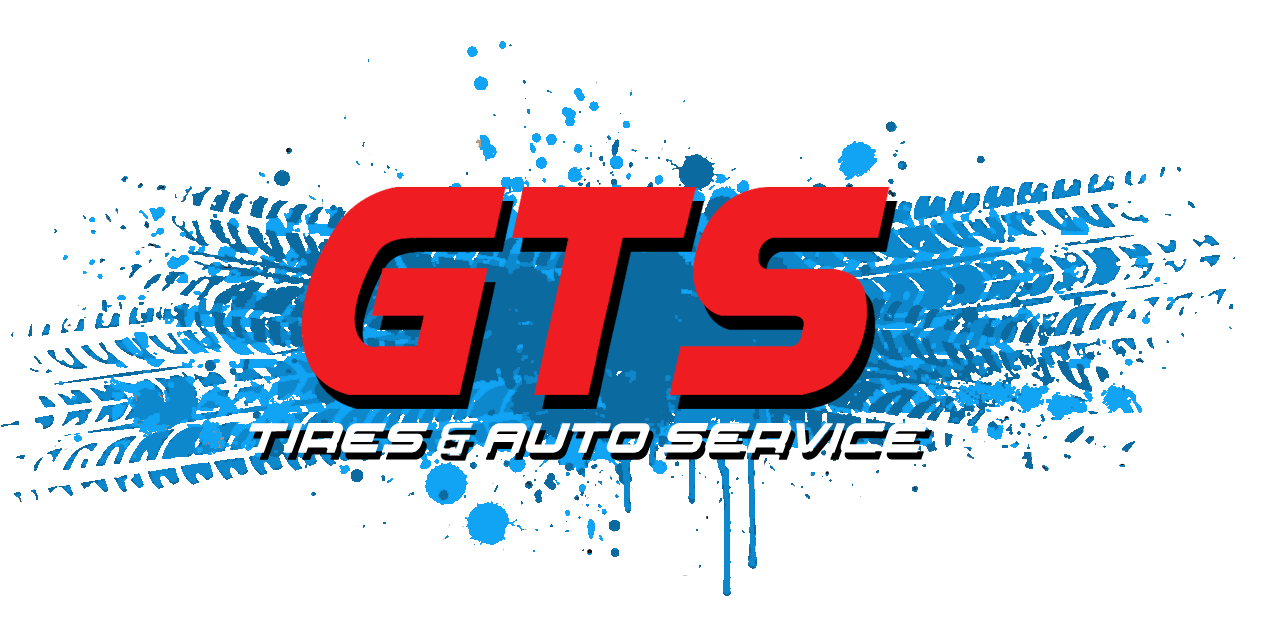
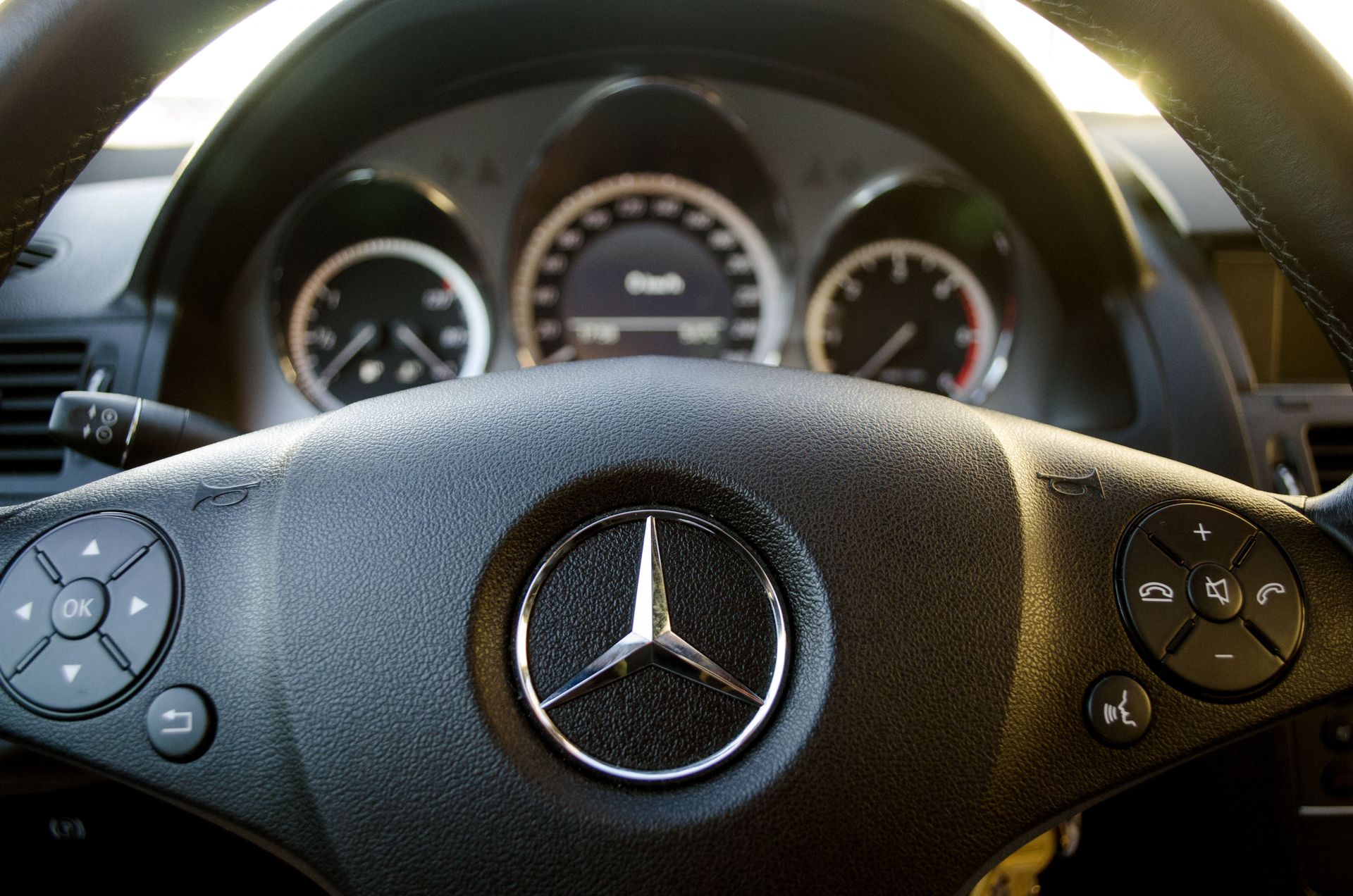

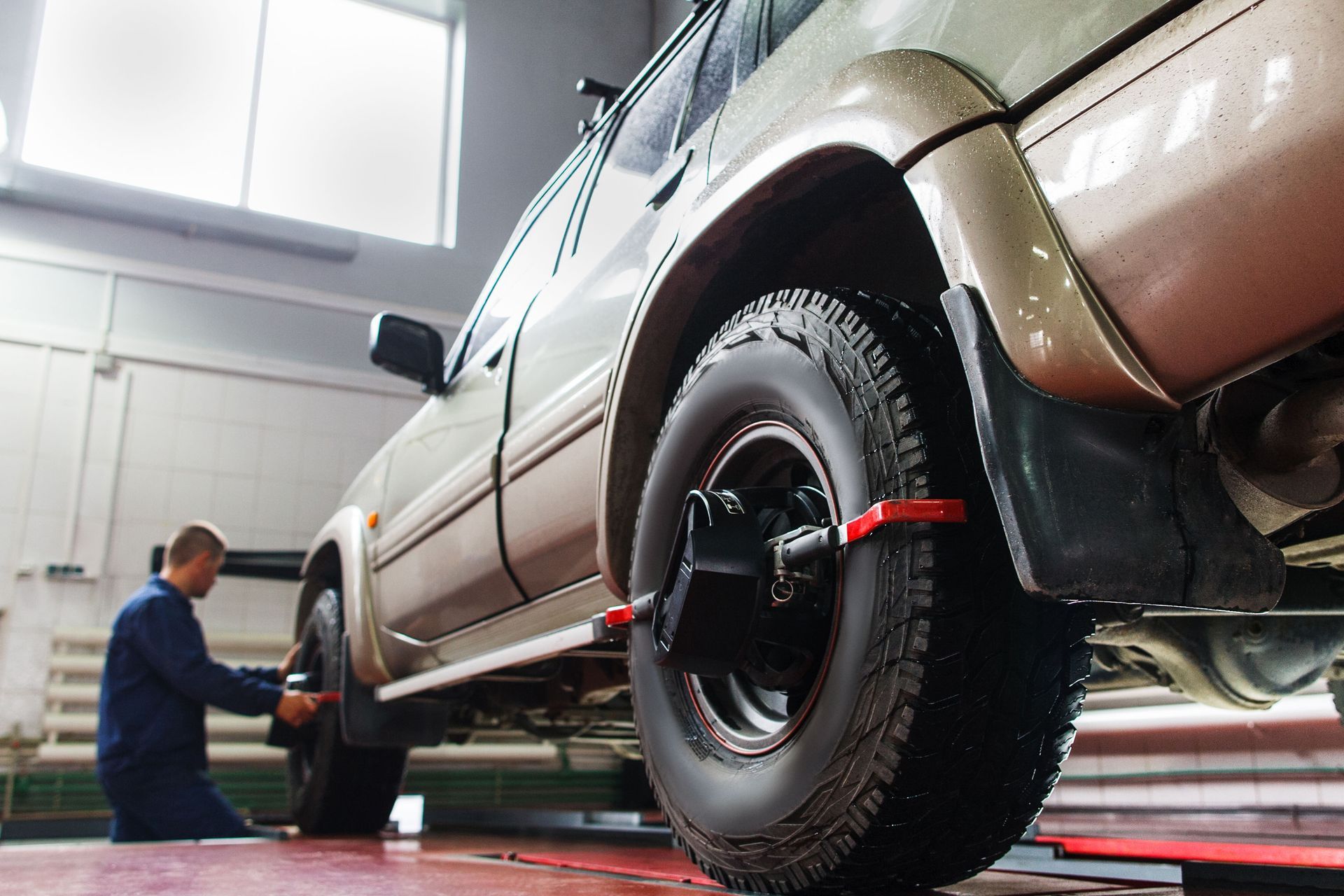
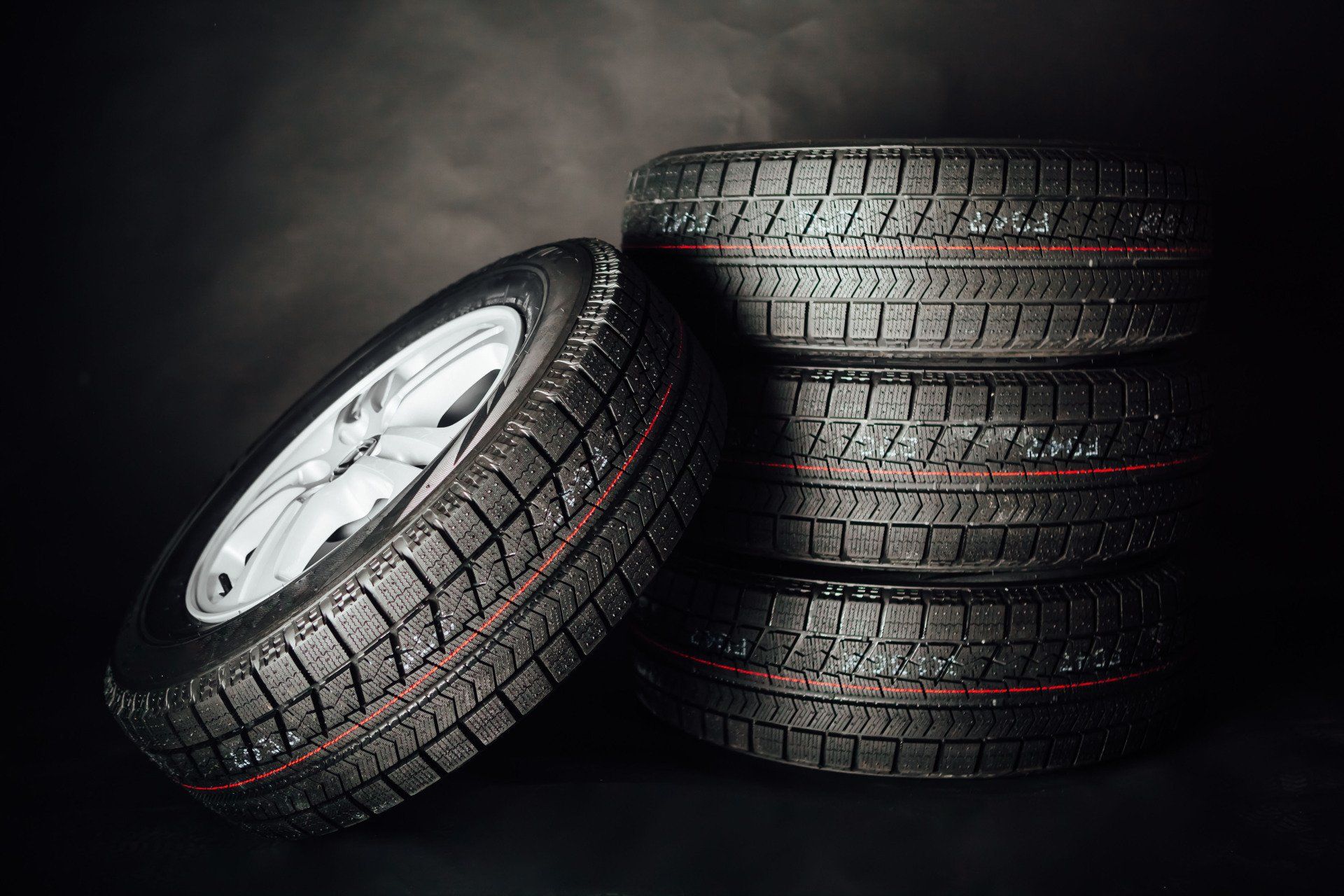
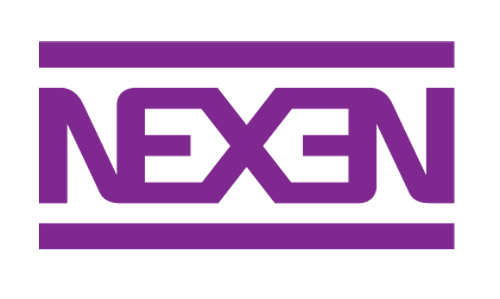











Share On: